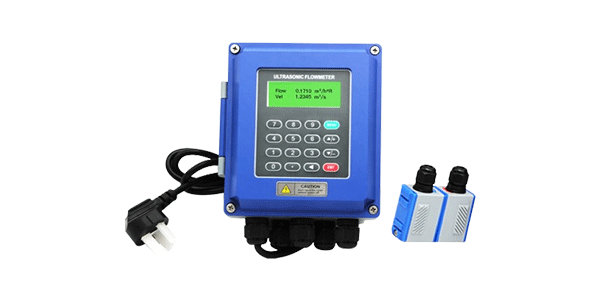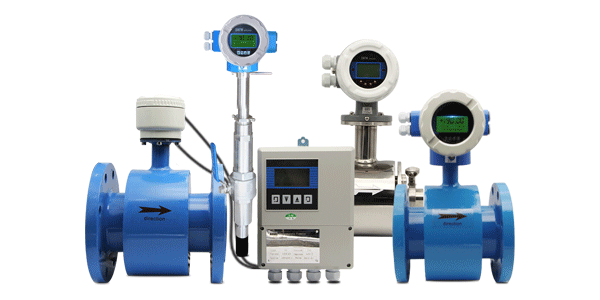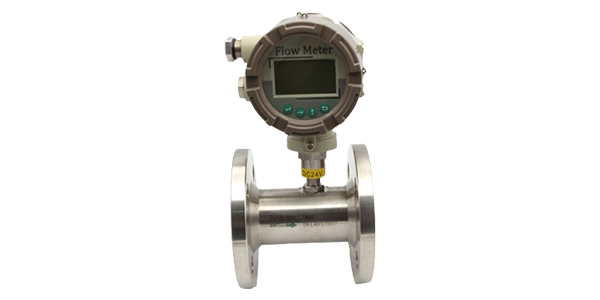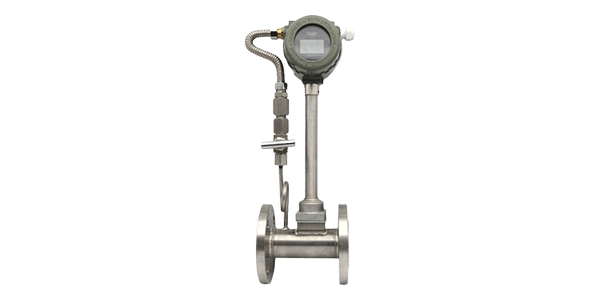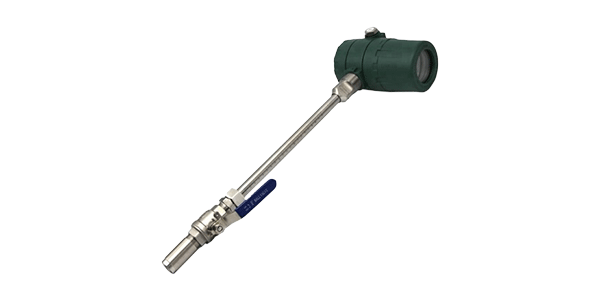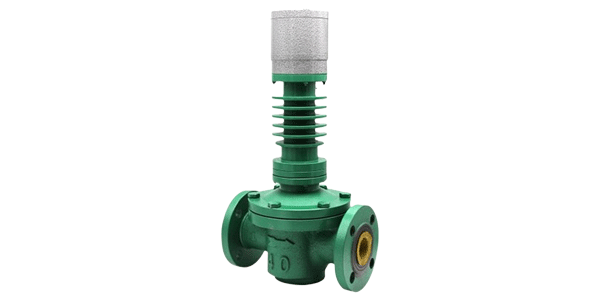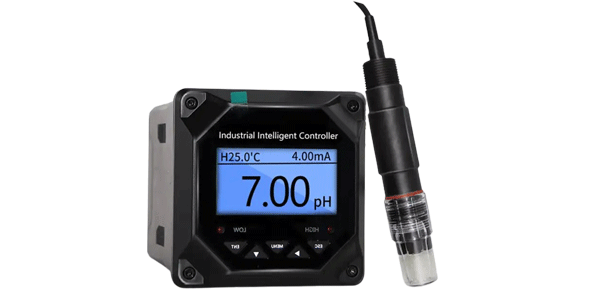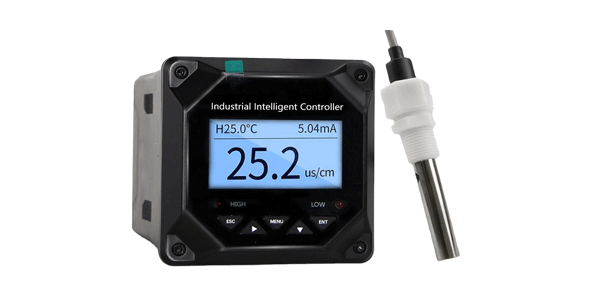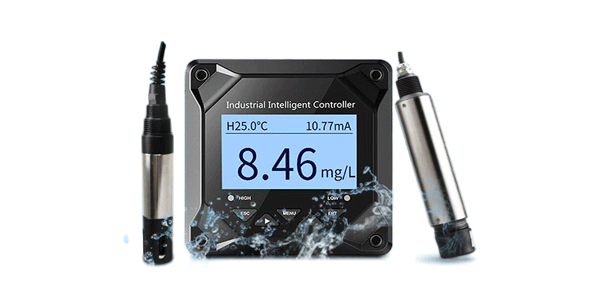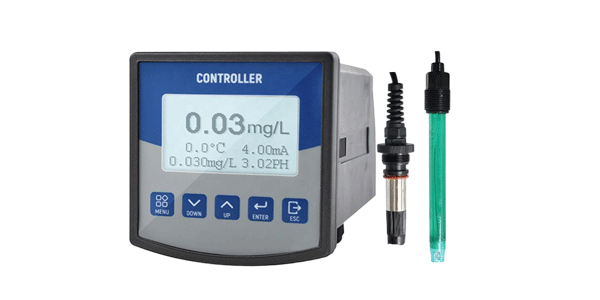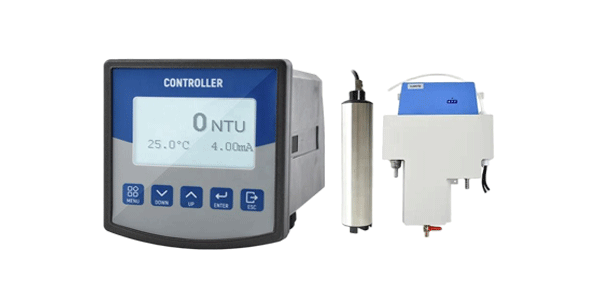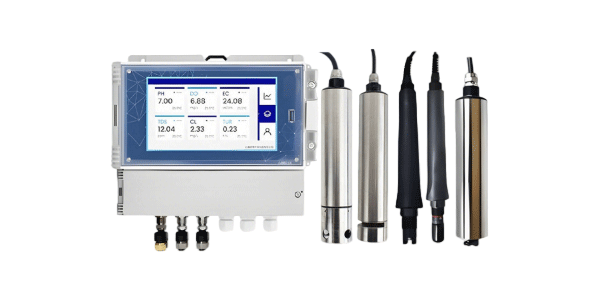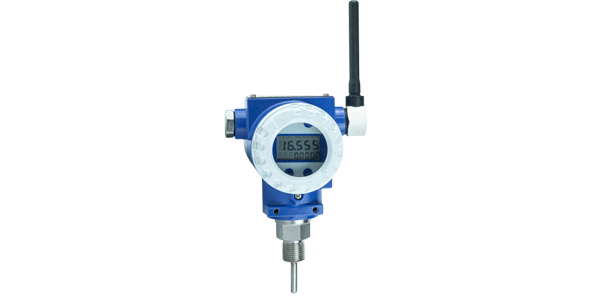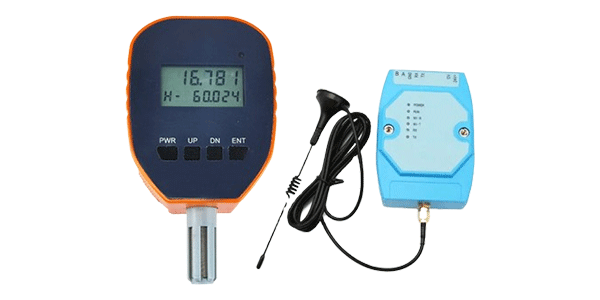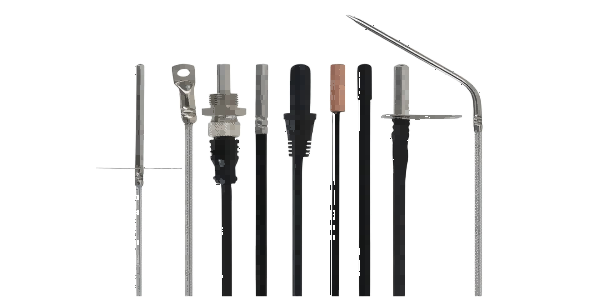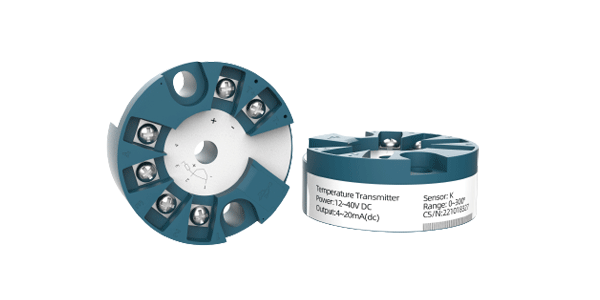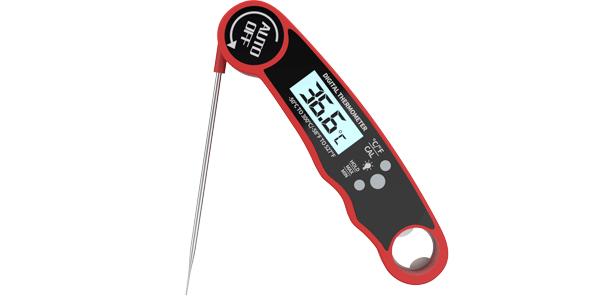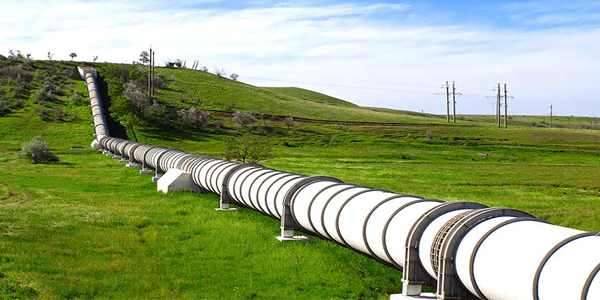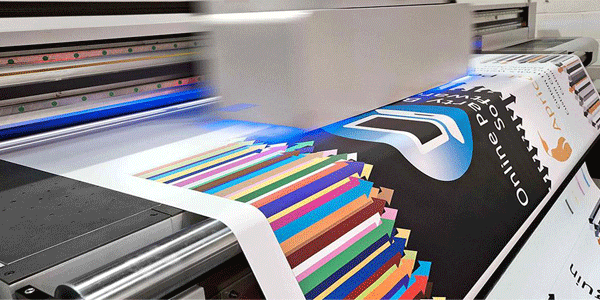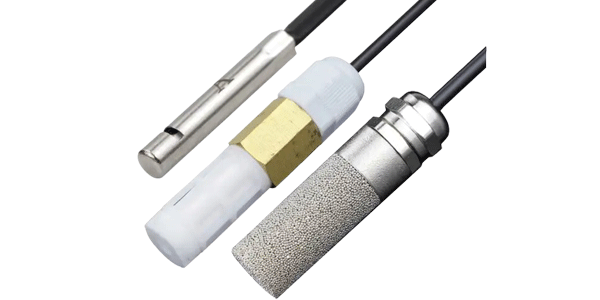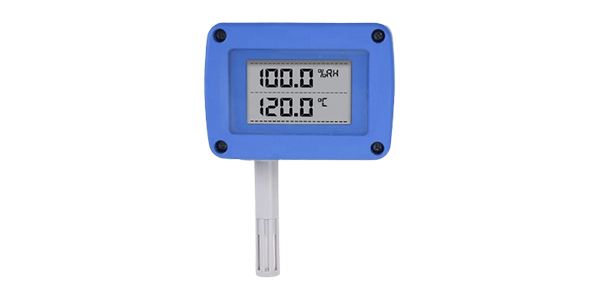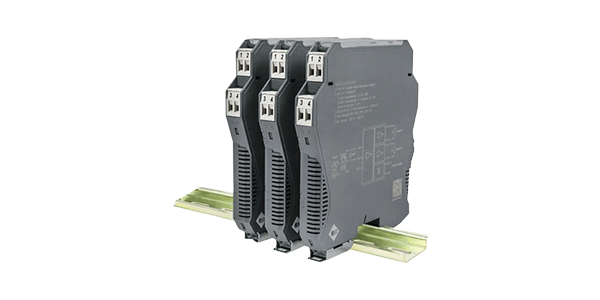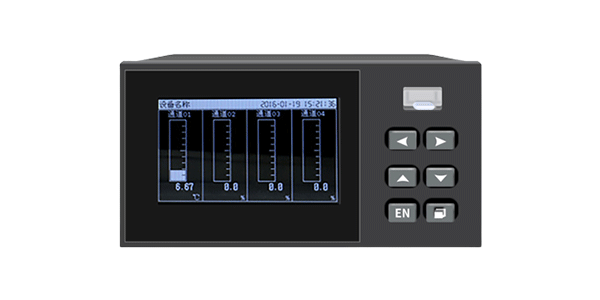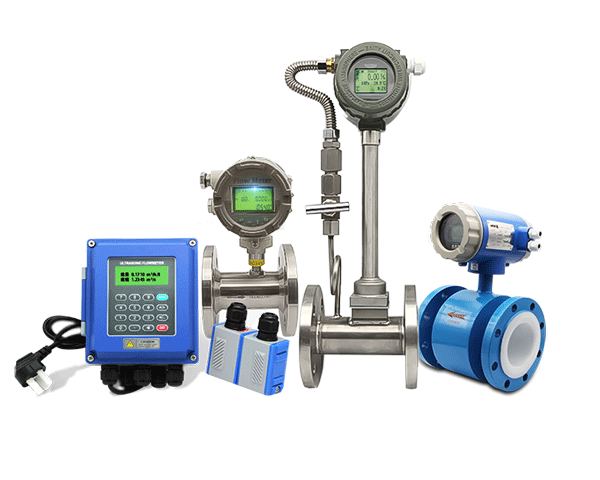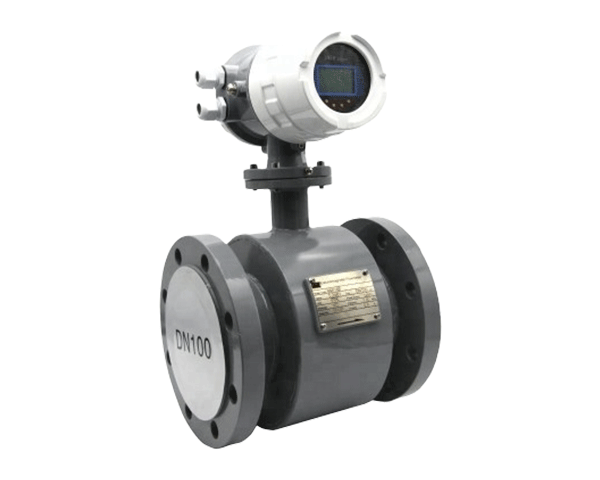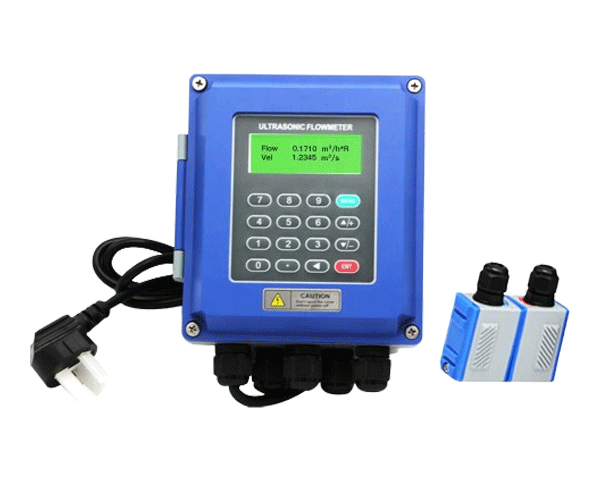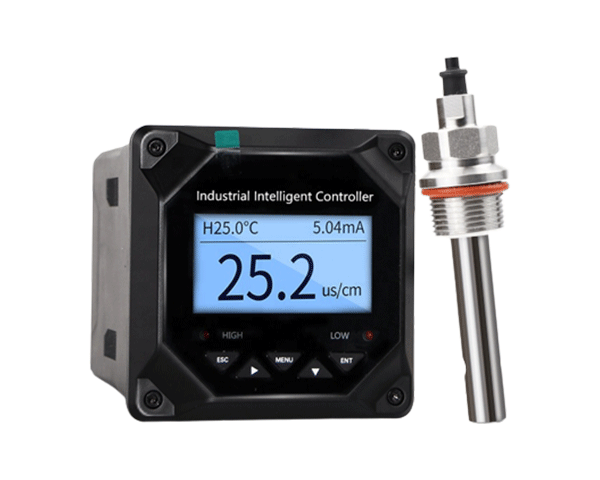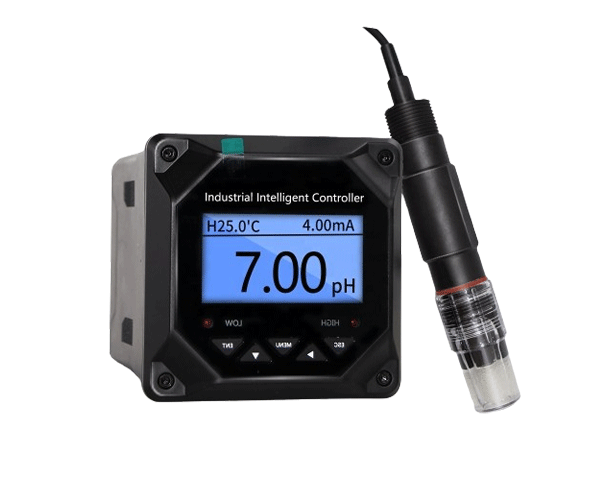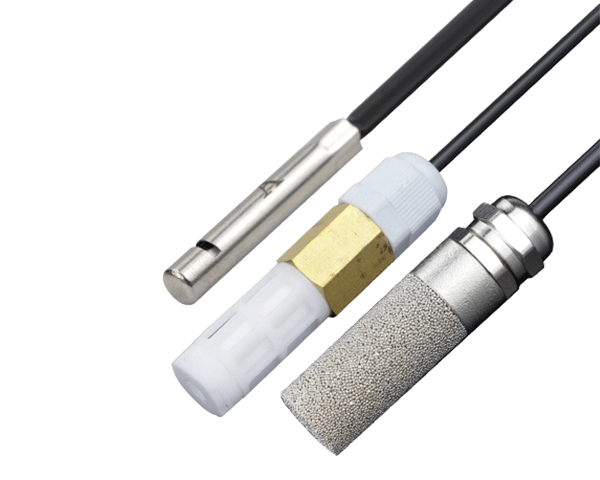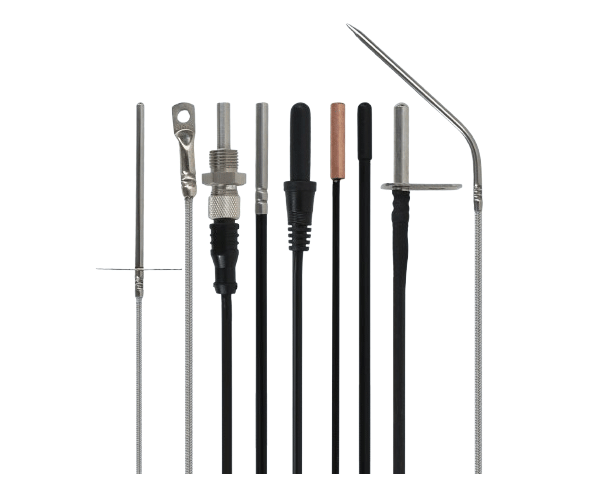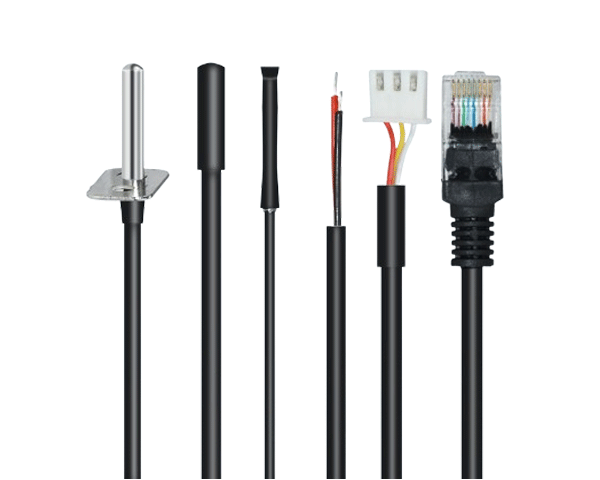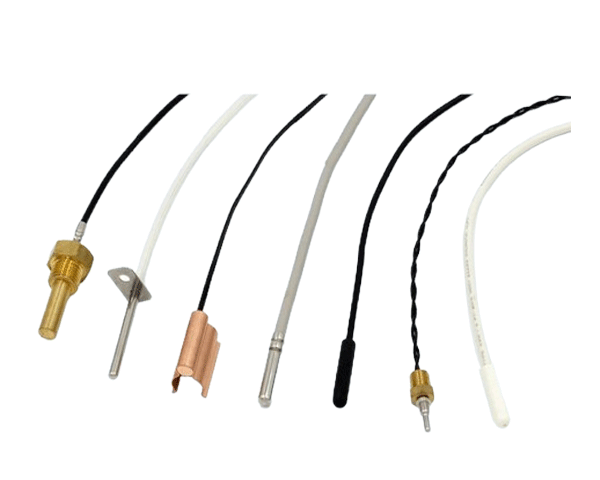Complete Guide to Magnetic Flow Meter Calibration: Ensuring Precision in Industrial Flow Measurement
Magnetic flow meters, commonly known as mag meters, are essential instruments for measuring conductive liquid flow in various industrial applications. Proper magnetic flow meter calibration is critical for maintaining measurement accuracy, process efficiency, and regulatory compliance. This comprehensive guide covers professional calibration procedures aligned with GAIMC (Global Association of Instrumentation and Measurement Control) standards.
Understanding Magnetic Flow Meter Calibration Fundamentals
Calibration is the process of configuring a magnetic flow meter to provide accurate flow measurement results for a specific application. Unlike mechanical flow meters, mag meters operate on Faraday's Law of electromagnetic induction, requiring specialized calibration approaches.
Key Calibration Terms: Zero calibration, span calibration, flow verification, electrode conditioning, and factory calibration.
Pre-Calibration Preparation and Safety Procedures
Essential Pre-Calibration Checklist
1. System Isolation: Ensure proper isolation of the flow meter from the process using block valves
2. Power Safety: Disconnect electrical power to the transmitter and follow lockout/tagout procedures
3. Process Conditions: Verify the pipe is completely filled with fluid and free from air bubbles
4. Reference Standards: Prepare calibrated reference instruments with traceable certification
5. Documentation: Have manufacturer's calibration manual and previous calibration records available
Safety Warning: Always follow plant safety procedures and wear appropriate PPE when performing magnetic flow meter calibration. Ensure process media is compatible with calibration equipment.
Step-by-Step Magnetic Flow Meter Calibration Procedure
Zero Point Calibration
Zero calibration establishes the meter's baseline reading when no flow is present. This critical step compensates for any minor electrical offsets in the measurement system.
Step 1: Ensure the pipe is completely filled with stationary process fluid
Step 2: Access the transmitter calibration menu through the local interface or configuration software
Step 3: Select "Zero Calibration" or similar function in the configuration menu
Step 4: Allow the meter to sample the zero-flow condition for the recommended time (typically 30-60 seconds)
Step 5: Confirm and save the new zero value
Span Calibration for Flow Measurement Accuracy
Span calibration adjusts the meter's sensitivity to match known flow rates. This procedure requires a reference flow standard to establish accurate measurement across the operational range.
|
Calibration Method
|
Accuracy
|
Application
|
GAIMC Compliance
|
|
Master Meter Comparison
|
±0.5%
|
Field calibration
|
Class II
|
|
Gravimetric Calibration
|
±0.1%
|
Laboratory standards
|
Class I
|
|
Volumetric Calibration
|
±0.25%
|
Process verification
|
Class II
|
Advanced Calibration Techniques for Specific Applications
Electrode Maintenance and Conditioning
Proper electrode conditioning is essential for accurate magnetic flow meter performance. Contaminated or degraded electrodes can significantly impact measurement accuracy.
Cleaning Procedure: Use manufacturer-recommended cleaning solutions for electrode maintenance
Inspection: Check for coating, pitting, or deterioration during calibration intervals
Replacement Criteria: Replace electrodes if coating cannot be removed or physical damage is evident
Factory Calibration vs Field Calibration
Understanding when to perform field calibration versus returning to the manufacturer is crucial for maintenance planning and budget allocation.
GAIMC Recommendation: Magnetic flow meters should undergo full factory calibration every 3-5 years, with field verification annually. Critical applications may require more frequent calibration intervals.
Troubleshooting Common Calibration Issues
Addressing Zero Drift Problems
Zero drift is a common issue in magnetic flow meter operation that can significantly impact measurement accuracy.
Cause Identification: Check for grounding issues, cable problems, or process condition changes
Solution: Verify proper grounding, inspect electrode connections, and perform zero calibration with properly filled pipe
Prevention: Regular maintenance and stable process conditions minimize zero drift
Calibration Frequency and Industry Best Practices
Establishing appropriate calibration intervals is essential for maintaining measurement integrity while optimizing maintenance resources.
|
Application Criticality
|
Recommended Interval
|
Calibration Type
|
Documentation Requirements
|
|
Critical (Custody Transfer)
|
6-12 months
|
Full calibration with traceable standards
|
Complete calibration certificate with uncertainty analysis
|
|
Process Control
|
12-24 months
|
Field verification with spot calibration
|
Calibration report with as-found/as-left data
|
|
Non-Critical Monitoring
|
24-36 months
|
Functional verification
|
Basic calibration record
|
Conclusion: Maintaining Optimal Magnetic Flow Meter Performance
Proper magnetic flow meter calibration is not just a maintenance task—it's a critical component of process reliability and measurement accuracy. By following established procedures, utilizing appropriate reference standards, and adhering to recommended calibration intervals, industrial facilities can ensure their flow measurement systems provide reliable, accurate data for process optimization and regulatory compliance.
Industry Authority Insight: According to GAIMC standards, properly calibrated magnetic flow meters can maintain accuracy within ±0.5% of rate or better when calibrated using traceable reference standards. Regular calibration not only ensures measurement accuracy but also helps identify potential issues before they impact process performance.
Implementing a comprehensive calibration program for your magnetic flow meters will deliver significant returns through improved process efficiency, reduced product loss, and enhanced regulatory compliance.
